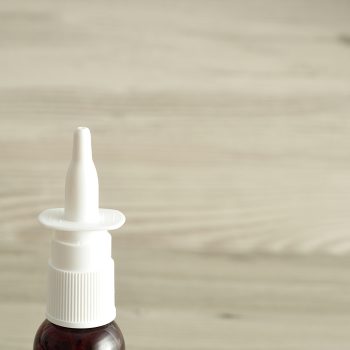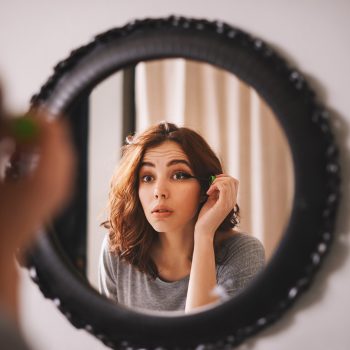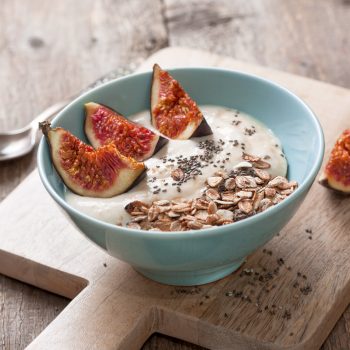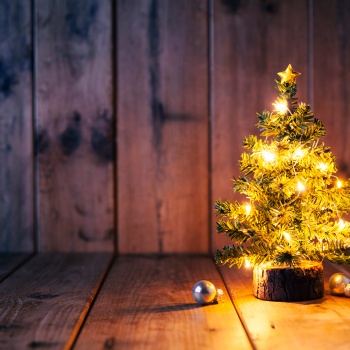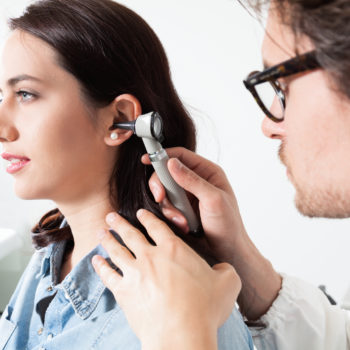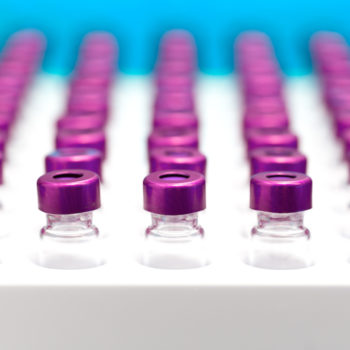A typical seasonal illness, which can haunt those who suffer from it beyond autumn and winter, is sinusitis, or inflammation of the paranasal sinuses, with symptoms ranging from a congested nose to coughing to facial pain, often under orbit or at the forehead. But beyond sinusitis, we need to talk about rhinosinusitis: “This is the correct definition. The sinusitis understood as inflammation of the paranasal sinuses, the pneumatic cavities in the skeleton of the skull, cannot be considered without the inflammatory process itself involving the nose,” emphasizes Dr. Luca Malvezzi, otorhinolaryngologist and specialist in cervical facial surgery at Humanitas. Moreover, the involvement of more than one physician is indispensable for its evaluation.
The sinusitis, in fact, “communicates” with different pathologies: “The world of rhinosinusitis – continues the expert – is as varied as it is unfortunately underestimated by both the medical class and patients. However, a vast medical literature deals with rhinosinusitis and, more extensively, with inflammations of the respiratory tract in general. In other words, the clinical picture should not be underestimated at all, as it could include many other problems: allergic sensitization and asthma in the foreground, as well as muffled sounds, sleep disorders and school or work inability. Health care spending on these issues is rising sharply, while research efforts to better understand these diseases are increasing.
Consult beyond otorhinolaryngology
Recognizing the specific symptoms of rhinosinusitis is very important to define the picture of this condition and to choose the most appropriate treatment: “Nose obstruction, anterior (mucus production) or posterior (retropalatal drainage), reduction of smell (hyposmia), reduction in taste (dysgeusia), facial pain, muffled sound, cough, fever. When this symptomatology is long lasting, repetitive with yellow or viscous mucus, it is imperative to visit a specialist for a multidisciplinary assessment.
An otolaryngology consultation is not enough. It can easily diagnose a rhinosinusitis and, for example, define some of its “phenotypic” characteristics, i.e. the presence of nasal polyps. However, the diagnostic process must involve an allergologist, a pulmonologist, an immunologist, and sometimes an infectious disease specialist, in order to trace a patient profile based on the characteristics of the “endotype”, adds Dr. Malvezzi. The recognition of the immunological characteristics of the patient is fundamental for an adequate therapeutic, pharmacological (today with the new generation of anti-inflammatory drugs – biological) or surgical planning”.
Congested nose and moist air
The set of symptoms may overlap, but with some significant differences to those of other diseases, starting with the classic cold also characterized by nasal congestion. But in addition to that, we must also look at the duration of the symptomatology, which is lower in the case of rhinitis. The same symptoms, in the absence of yellowish mucus as a sign of infection, characterize the rhinitis, whether allergic or not, where in any case there is the sharing of paranasal sinuses, and viral rhinitis “, Dr. Malvezzi points out.
For the treatment of rhinitis and rhinosinusitis it is possible to use the domestic remedy of inhalation, with a towel set in front of the face and the inhalation of vapors of boiling water with the addition of essential oils and extracts: The “Humidity”, the environmental humidification, the cleansing of nasal pits with saline solution are not only ancient remedies but are included in the therapeutic advice of the medical literature”, the specialist recalls.
“The nasal and paranasal sinuses can be considered as a doormat and an environmental dehumidifier. They purify and humidify the air that reaches the lungs. It is important to preserve this function with a proper understanding of the pathologies affecting this district. At the same time it is important to maintain them correctly, which can be done with daily washing and with an adequate humidification of the domestic environment,” concludes Dr. Malvezzi.


